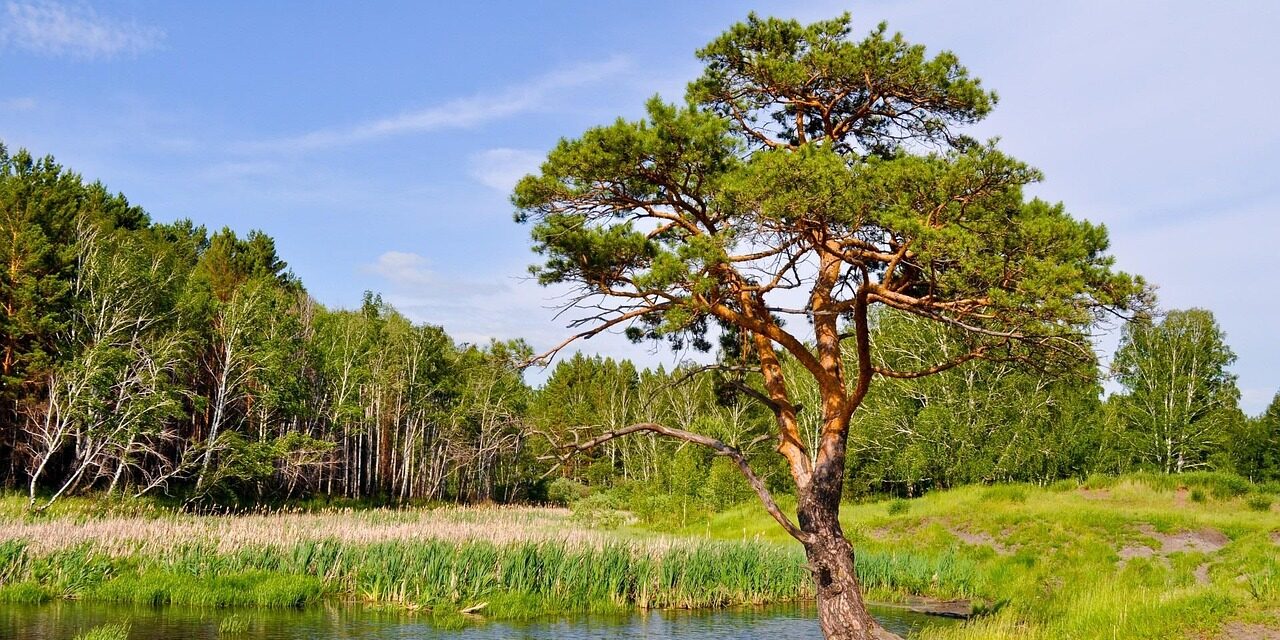Pine trees hold a significant place in Japan’s ecology, culture, and economy. These resilient conifers, with over 100 species scattered across the archipelago, have shaped the landscape and contributed to the identity of the Japanese people. From historical associations with nobility to their commercial viability, the story of pine trees in Japan is both rich and multifaceted.
Historically, pine trees have been emblematic of longevity and strength in Japanese culture. They often feature in traditional art and literature, symbolizing endurance in the face of adversity. The famous “Five Pine Trees of Kasuga” in Nara are a testament to the reverence afforded to these trees, with references dating back to the 8th century. Sculptures, paintings, and poetry from the Heian period (794-1185 AD) frequently depict pine trees, illustrating their integration into the cultural psyche of Japan. A particularly notable example is Matsuo Bashō’s haiku, which reflects the deep-rooted connection between nature and human emotion.
Pine trees in Japan are not solely cultural icons; they also play an integral ecological role. Among the most prevalent species is the Japanese black pine (*Pinus thunbergii*), which thrives along coastal regions and is often seen combating soil erosion and promoting biodiversity. The bark of the black pine has an important role in traditional Japanese building techniques, lending durability and resilience to structures. Similarly, the red pine (*Pinus densiflora*), also known as “Matsu,” is revered not only for its aesthetic properties but also for its lightweight timber, which is utilized in the construction of temples and shrines, highlighting the interplay between environmental resources and craftsmanship.
Demographically, pine trees are widespread throughout Japan, adapting to a variety of climatic conditions. In the northern Hokkaido region, the native Pinus contorta thrives, while the subtropical areas of Okinawa host *Pinus luchuensis*. The adaptability of these species has led to their cultivation in various forms, contributing to ecological stability across Japan. According to the Forestry Agency of Japan, as of 2020, approximately 41% of the nation’s land area is forested, with conifers making up about 40% of the total forest cover. Pine trees, specifically, comprise a substantial portion of this figure, illustrating their dominance in Japan’s forestry landscape.
Economically, pine trees are pivotal to Japan’s post-war recovery and development. The government initiated large-scale afforestation programs in the 1950s to regenerate devastated forests and to fulfill the timber needs of a rapidly industrializing nation. By the 1980s, the Japanese cedar (*Cryptomeria japonica*) and Japanese black pine became the backbone of domestic timber production. Today, the timber industry remains significant for local economies, particularly in rural areas where forests are abundant. However, the rise of imported timber has posed challenges to the domestic market, leading to a decline in the cultivation of native pine species.
In terms of statistics, the annual consumption of timber in Japan was reported at around 60 million cubic meters in 2021. Despite a resurgence in domestic wood production, Japan still imports nearly 75% of its timber. The focus on sustainability has led to movements advocating for responsible forestry practices, ensuring the continuity of pine trees as a vital resource while preserving biodiversity.
Additionally, the psychological impact of pine trees on the Japanese people cannot be understated. The phenomenon of “Shinrin-yoku” or “forest bathing” emphasizes the therapeutic benefits of being in nature. Pine forests, in particular, are associated with tranquility and rejuvenation, providing mental health benefits in an increasingly urbanized society. A study conducted by the Akita Prefectural University in 2015 found that exposure to forest environments leads to lower cortisol levels and reduced heart rates, further reinforcing the significance of these trees in the wellness of the community.
In conclusion, pine trees in Japan are more than mere natural resources; they represent a fusion of history, culture, ecology, and economy. From their symbolic presence in literature and art to their ecological roles and economic significance, these trees have influenced various aspects of Japanese life. Their continued cultivation and preservation are essential not just for biodiversity, but also for maintaining the cultural fabric that has defined Japan for centuries. As the nation navigates challenges related to climate change and urbanization, the importance of these resilient trees remains paramount, affirming that they will continue to play an integral role in Japan’s journey into the future.

